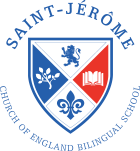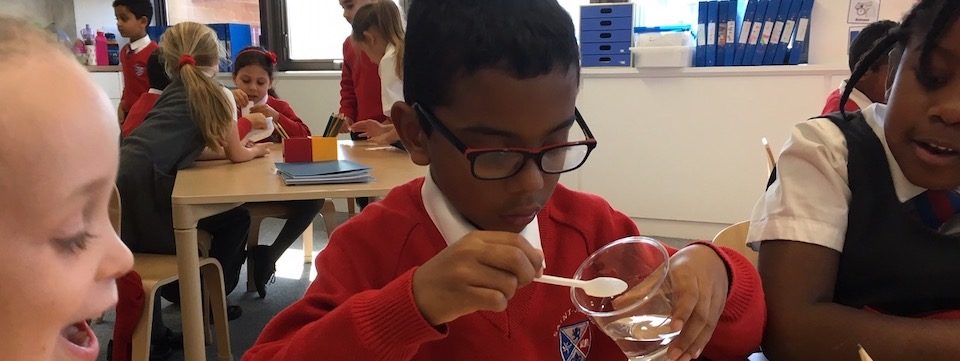Science
Curiosity is probably one of the most important characteristics that people have who go into science – Ellen Ochoa
Science and everyday life cannot and should not be separated – Rosalind Franklin
We believe that science underpins a thirst for knowledge and understanding of how and why the natural and physical world works. Science has changed our lives and is vital to the world’s prosperity and our ambitious curriculum is planned as a 7-year journey across the Primary School reflecting the need of developing inquisitive young scientists. The broad and balanced nature of the subject ensures that all children are able to access the learning and children are encouraged to recognise the power of rational explanation and develop a sense of excitement and curiosity about natural phenomena. Our children leave school in Year 6 with the skills necessary to continue developing further.
Investigations are planned with the children’s curiosity in mind whilst also meeting the ‘Working Scientifically’ aspects of the National Curriculum. Children are given the experience of scientific processes, and practical scientific skills to develop their scientific thinking and reasoning.
Science has driven forward many successes in society and as such, the acquisition of high-quality science skills fuels our hope that one day, the children of St Jerome may contribute to further advancements in science.
Working Scientifically at St Jerome
By the end of Key stage 1 (Year 1 and 2), our pupils are taught to:
- ask simple questions, recognising that they can be answered in different ways
- observe closely, using simple equipment
- perform simple tests
- identify and classify
- use their observations and ideas to suggest answers to questions
- gather and record data to help in answering questions
By the end of Lower Key Stage 2 (Year 3 and 4), our pupils are taught to:
- ask relevant questions and using different types of scientific enquiries to answer them
- set up simple practical enquiries, comparative and fair tests
- make systematic and careful observations and, where appropriate, take accurate measurements by using standard units and using a range
- of equipment, including thermometers and data loggers
- gather, record, classify and present data in a variety of ways to help in answering questions
- record findings using simple scientific language, drawings, labelled diagrams, keys, bar charts, and tables
- report on findings from enquiries, including oral and written explanations, displays or presentations of results and conclusions
- use results to draw simple conclusions, make predictions for new values, suggest improvements and raise further questions
- identify differences, similarities or changes related to simple scientific ideas and processes
- use straightforward scientific evidence to answer questions or to support their findings
By the end of Upper Key Stage 2 (Year 5 and 6), our pupils are taught to:
- plan different types of scientific enquiries to answer questions, including recognising and controlling variables where necessary
- take measurements, using a range of scientific equipment, with increasing accuracy and precision, taking repeat readings when appropriate
- record data and results of increasing complexity using scientific diagrams and labels, classification keys, tables, scatter graphs, bar and line graphs
- use test results to make predictions to set up further comparative and fair tests
- report and present findings from enquiries, including conclusions, causal relationships and explanations of, and a degree of trust in, results. Achieving this in oral and written forms such as displays and other presentations
- identify scientific evidence that has been used to support or refute ideas or arguments
Scientific approaches at St Jerome
| Scientific approach/Enquiry type | Explanation |
| Fair and comparative testing | What makes it a fair test? Pupils identify the effect of changing one variable on another whilst attempting to keep other variables constant. The variable which has been changed is called an independent variable and how it affects something else is called a dependent variable. The controlled variables are quantities/items that you want to remain constant. With fair tests pupils look to identify a causal relationship between two variables.
Fair testing could help you to answer questions like: Does the size of the parachute affect the speed it falls to the ground? How does voltage affect the brightness of a lamp? How does the amount of salt added to water affect the temperature that it freezes? |
| Research | This enquiry looks at using a range of secondary sources (books, websites, articles, scientists’ research, videos etc.) to gather evidence to answer questions and uncover information that will further children’s knowledge and understanding. They look for patterns in the information they collect, evaluating the reliability and trustworthiness of the evidence they collect when drawing conclusions.
Research using secondary sources could help you to answer questions like: How have some animals adapted to live in water? Which species of animals live in Africa, and how do they compare to the animals native to the UK? How have our ideas about the Solar System changed over time? Are microorganisms always harmful? What are microplastics and why are they harming the planet? |
| Observation over time | Children watch something happen over time. Plants grow, shadows move and trees change as the seasons pass but it is important to remember that this can be done over ANY amount of time. Dropping a ball, putting raisins in fizzy pop or mixing salt in to hot water: these observations can take place over seconds, hours, days or even months.
Observing over time could help you to answer questions like: How do the colour of leaves change through the seasons? How does the volume of water in a container on the windowsill change with time? How does the Moon appear to change over a month? |
| Pattern seeking | In this type of enquiry children are trying to answer questions by finding patterns in the measurements and observations they make where there are variables that they can’t easily control. They seek to identify patterns in the measurements, which may lead to other investigations in an effort to try to explain why a particular pattern occurred.
Pattern seeking could help you to answer questions like: Do bigger ice cubes take longer to melt? Is there a pattern where we find volcanoes on earth? What colour flowers do bees prefer? How much does your heart rate change when you do different exercises? Do all stretchy materials stretch in the same way? This is a great enquiry type to develop measuring and recording skills with a little bit more flexibility than a fair test. |
| Identifying, grouping and classifying | The official definition of classification is to arrange something in categories according to shared qualities or characteristics. Effectively, putting things in to groups or sorting them. Children could be asked how they would sort ‘things’ and why or could be challenged to sort things in a specific way. Children could just divide into groups; Venn diagrams could be used or even flow charts.
Identifying, classifying and grouping could help you to answer questions like: How are the trees in the local park the same or different? How can we group the food that we eat? Which species of trees are growing in the local park? Which materials are magnetic and which are not? Can we use an identification key to name the rocks in our collection? How can we group the invertebrates we have identified on the school grounds? |
| Problem-solving | To help children develop independence in scientific enquiry, children are encouraged to use their own initiative in problem solving. They are encouraged to deepen their thinking through questioning or being asked to try and explain certain phenomenon. Posing problems with a real-life context stimulates children’s interest and thinking.
|
Long term curriculum map Below is an overview of the topics covered within each year group and how science curriculum has been designed to ensure progression in knowledge and skills.
| Autumn
1 |
Autumn
2 |
Spring
1 |
Spring
2 |
Summer
1 |
Summer
2 |
||
| Year 1 | Plants | Seasonal changes | Everyday materials | Seasonal changes | Plants | Animals including humans | |
| Year 2 | Living things and their habitat | Everyday materials | Plants | Animals including humans | |||
| Year 3 | Animals including humans | Forces and magnets | Rocks | Plants | Light | ||
| Year 4 | States of matter | Living things and their habitat | Sound | Animals including humans | Electricity | ||
| Year 5 | Forces | Living things and their habitat | Earth and space | Properties and changes of materials | Animals including humans | ||
| Year 6 | Animals including humans | Electricity | Light | Living things and their habitat | Evolution and inheritance | ||
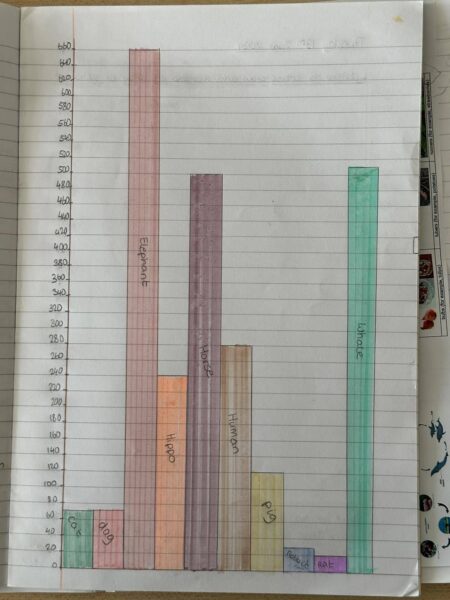
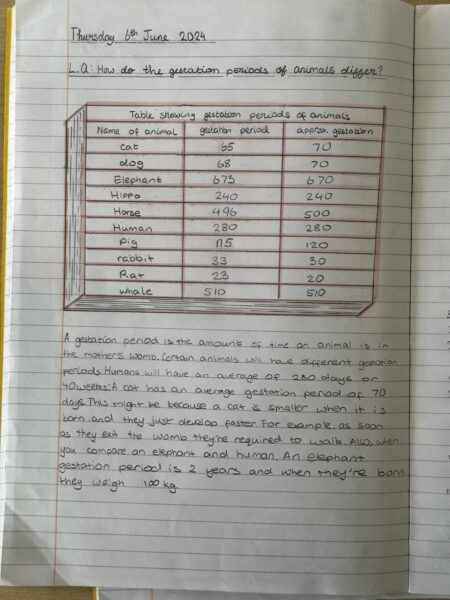
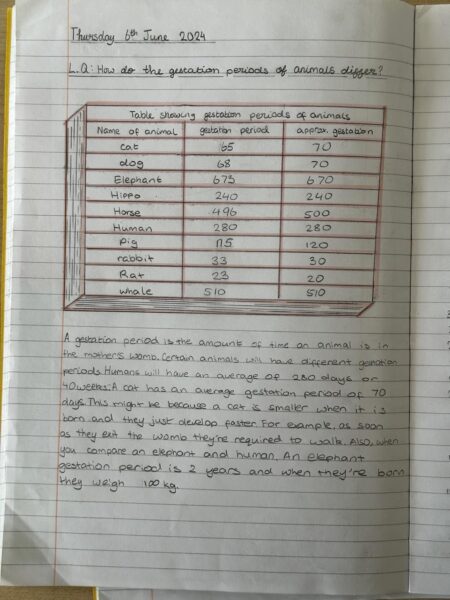
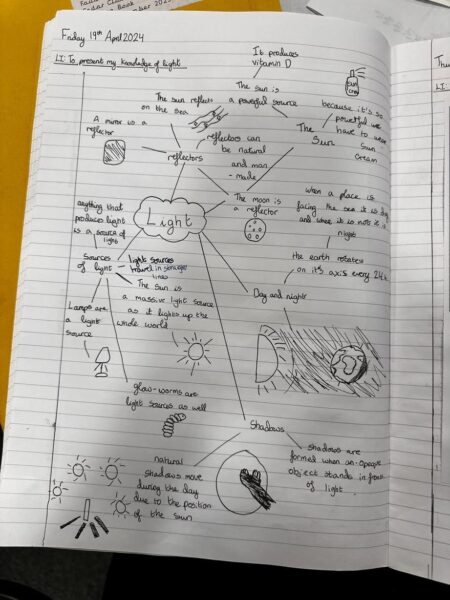
National Curriculum
For more details of the National Curriculum for science please click here.
Great places to visit
If you have the opportunity, we are very fortunate to have a number of exciting places in the local area to visit that will support children’s learning in Science.
London Science Museum – www.sciencemuseum.org.uk
London Zoo – www.zsl.org/zsl-london-zoo
Kew Botanical Gardens – www.kew.org
Natural History Museum – www.nhm.ac.uk
London Aquarium – www.visitsealife.com/london/
